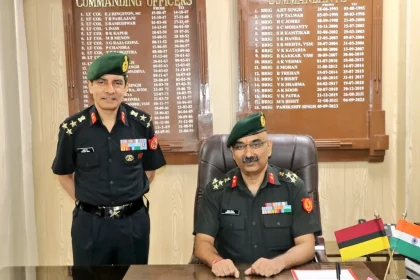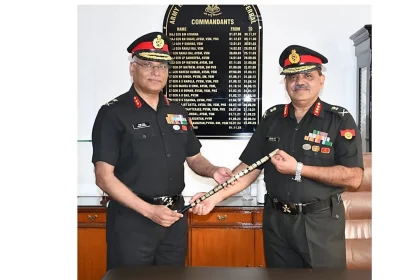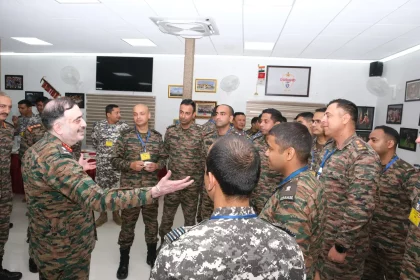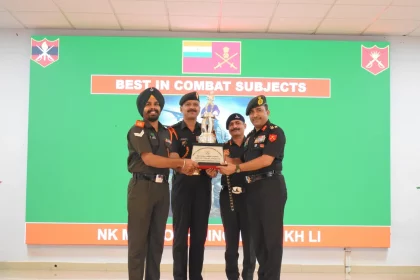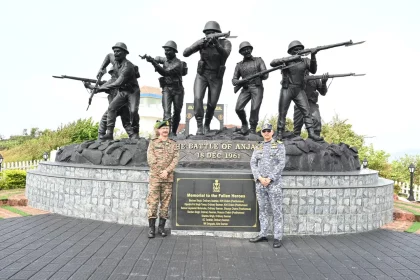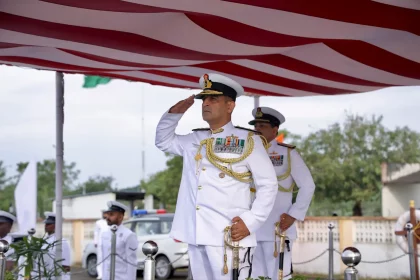Brigadier Prafull Mohan Assumes Command of Military Hospital, Dehradun
Change of Command ceremony marks leadership transition in one of Uttarakhand’s key military healthcare establishments.
Lt Gen Avinash Das Assumes Charge as Commandant, Army Hospital (Research & Referral)
Distinguished AFMS officer and ENT specialist to lead the apex medical institution of the Indian Armed Forces
Lt Gen Abhijit S Pendharkar Interacts with Defence Services Staff College Delegation at Rangapahar Military Station
Visiting officers briefed on operational and logistics aspects of the Indian Army’s largest Corps.
Naik Manjodh of 13 SIKHLI Adjudged Best Student as Combat Leadership Course Concludes at NCO Academy Dhana
Rigorous training hones leadership skills of Non-Commissioned Officers for technology-driven battlefield challenges.
65th National Defence College Course Delegation Visits Naval Base Karwar
The interaction at Naval Base Karwar underscored the Navy’s continuing efforts to promote jointness, strategic understanding, and global partnerships in…
Rear Admiral Sritanu Guru Assumes Command as Flag Officer Commanding Gujarat Naval Area (FOGNA)
Change of Command Ceremony marks leadership transition in Gujarat, Daman & Diu Naval Area.

